
Industries

Applications
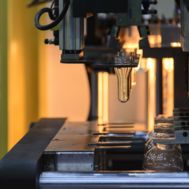
Cookie Consent
Cookies are used for statistical purposes and to improve the site.
Cookies will be used after you click "Accept" or if you continue using Dynisco.com
To find out more please review our Privacy Policy.
The Transducer Must Be Mounted Correctly:
Damage to a pressure transducer is commonly caused by their installation into an improperly machined hole. In forcing a transducer into a too-small or eccentric hole, the transducer diaphragm may be crushed and as a result the instrument will not function.
Tool kits available for machining the mounting hole will help to make sure the holes are properly sized. A mounting torque of 100 to 200 inch pounds (for ½-20 UNF) is essential to form an adequate seal; however, excessive mounting torque will cause seizing. To prevent problems with seizing, a high temperature anti-seize compound should be applied to the transducer threads prior to installation. Transducers installed at a mounting torque above 500 inch pounds will be difficult to remove even when anti-seize compound is applied.
Ensure That the Mounting Hole Thread Size is Correct:
The abrasion from screwing a transducer into a mounting hole with an incorrect thread size will damage the instrument’s threads. This damage may prevent a good tight seal, resulting in material leakage, and the instrument will not function properly or safely. The proper dimensions for the mounting hole must be used to avoid thread galling. (The threads are, generally the industry standard of ½ - 20 UNF 2B.) A mounting well gage plug should be used to verify that the mounting hole is correctly machined and cleaned.
The Mounting Holes Must Be Clean:
It is important that the transducer mounting holes are kept clean and free of any plastic buildup. Before an extruder is cleaned all of the transducers should be removed from the barrel to avoid their being damaged. When they are removed, plastic is likely to flow into the mounting holes and harden. If this hard plastic residue is not removed extensive tip damage will result when the transducers are re-inserted. A cleaning tool kit can be used to remove the contaminant plastic. It should be noted that repeated cleaning may produce “too deep” holes and result in damage to the transducer tip. If this is seen, spacers should be used to raise the transducer.
Select a Good Location:
Transducers may be located in the barrel, before a screen changer, before and after a melt pump, or in the die. When a transducer is positioned too far upstream in the barrel, un-melted plastic pellets may abrade against the transducer tip, resulting in damage. If a transducer is positioned too far back in the mounting hole, a stagnant pool of melted plastic will build up between the transducer tip and the screw flights. Over time this plastic will degrade to carbon, which will prevent the transmission of an accurate pressure signal. On the other hand, if the transducer extends too far into the barrel the screw flights can shear off the unit’s sensor tip.
Clean the Transducer with Care:
All of the transducers should be removed before cleaning an extruder barrel with either a wire brush or special cleaning compounds. Either one of these can ruin the transducer diaphragm. The transducer should be removed while the barrel is hot and tip wiped clean with a non-abrasive cloth. The transducer hole should be cleaned at this time with a cleaning drill/guide sleeve.
Avoid Cold Starts:
Both the transducer and extruder can be damaged if the extruder is not brought up to operating temperature before the machinery begins operating. A sufficient “soak time” must be provided for the plastic to go from it’s solid to molten state. In addition, it should be noted that if a transducer is removed from a cold extruder, material might adhere to the transducer tip causing the diaphragm to tear off the unit. Make sure the barrel is warm enough, that any plastic present will be soft, before removing the transducer.
Don’t Overpressure the Transducer:
Even though transducers are designed to withstand 1.5 times overpressure, avoid the risk of applying too much pressure by making sure that you are using the correct model designed for your range of extrusion operation pressures. A good rule of thumb is to use transducers that are built to withstand twice the rated pressure in your process. Then the extruder will have to be operating at an extremely high (and unsafe) pressure level for the transducer to fail.
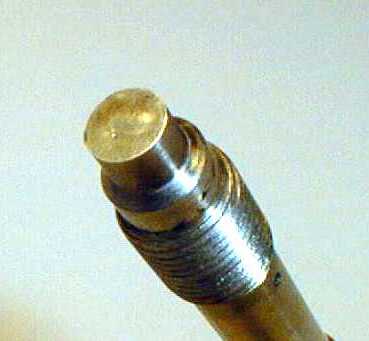
Diaphragm damaged by a sharp edge
Causes:
Solutions:
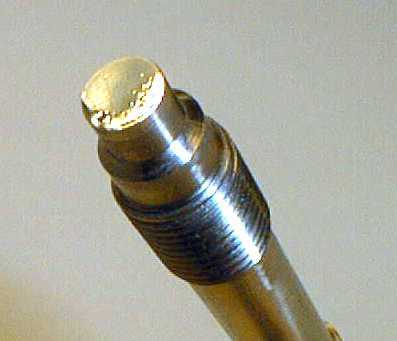
Diaphragm ground off
Causes:
Solutions:
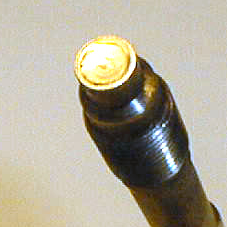
Diaphragm torn
Causes:
Solutions:
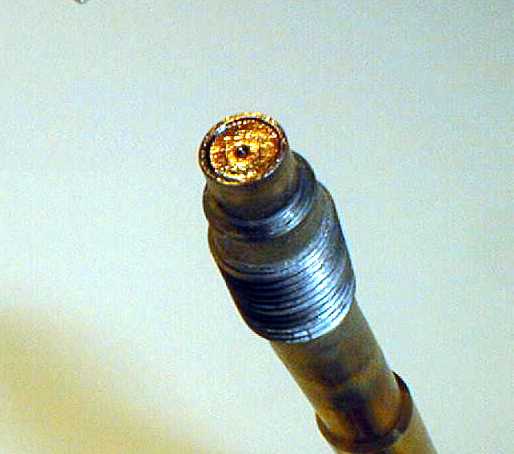
Diaphragm is missing
Causes:
Solutions:
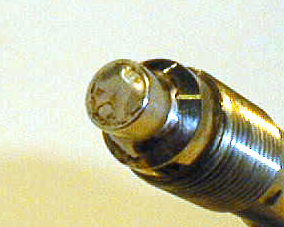
Diaphragm is wavy; the edge is crushed on the sensor tip
Causes:
Solutions:
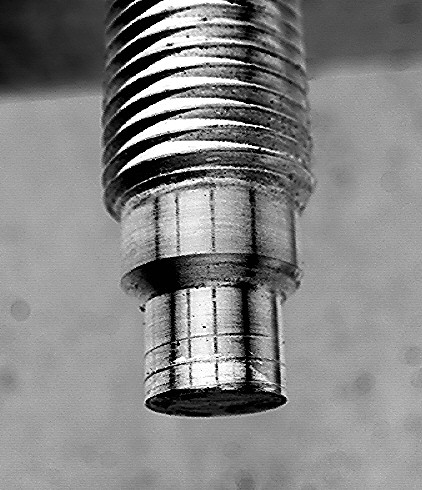
Seal surface is damaged
Causes:
Solutions:
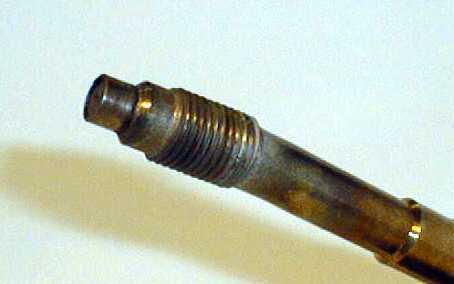
Shaft bent
Causes:
Solutions:
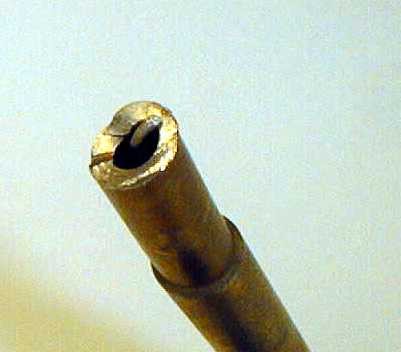
Shaft torn off
Causes:
Solutions:
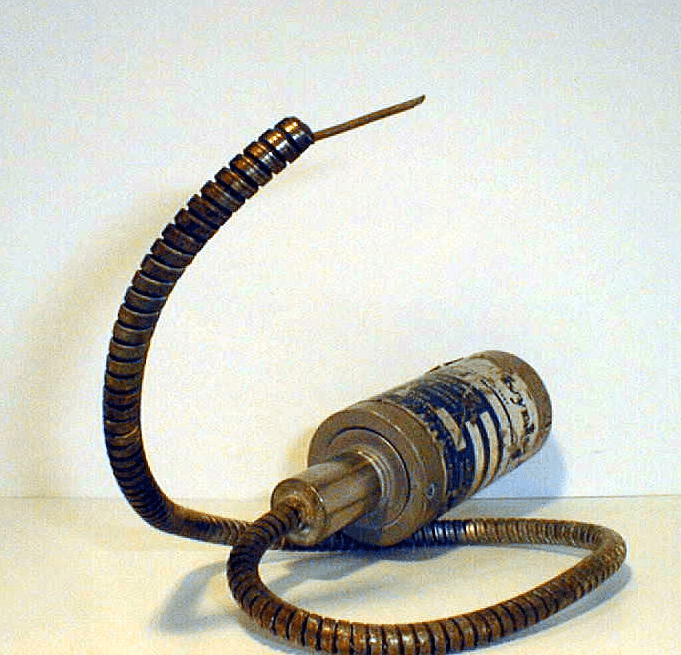
Flexible connection (capillary) broken
Causes:
Solutions:
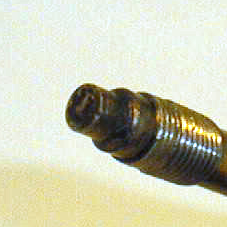
Thread damaged
Causes:
Solutions:

38 Forge Parkway,
Franklin MA 02038
+1 508 541 9400
Pfaffenstr. 21, 74078,
Heilbronn, Germany
+49 7131 297 0
Lot 3615, Jalan SM 6/8
32040 Seri Manjung, Perak, Malaysia
+605 6884014